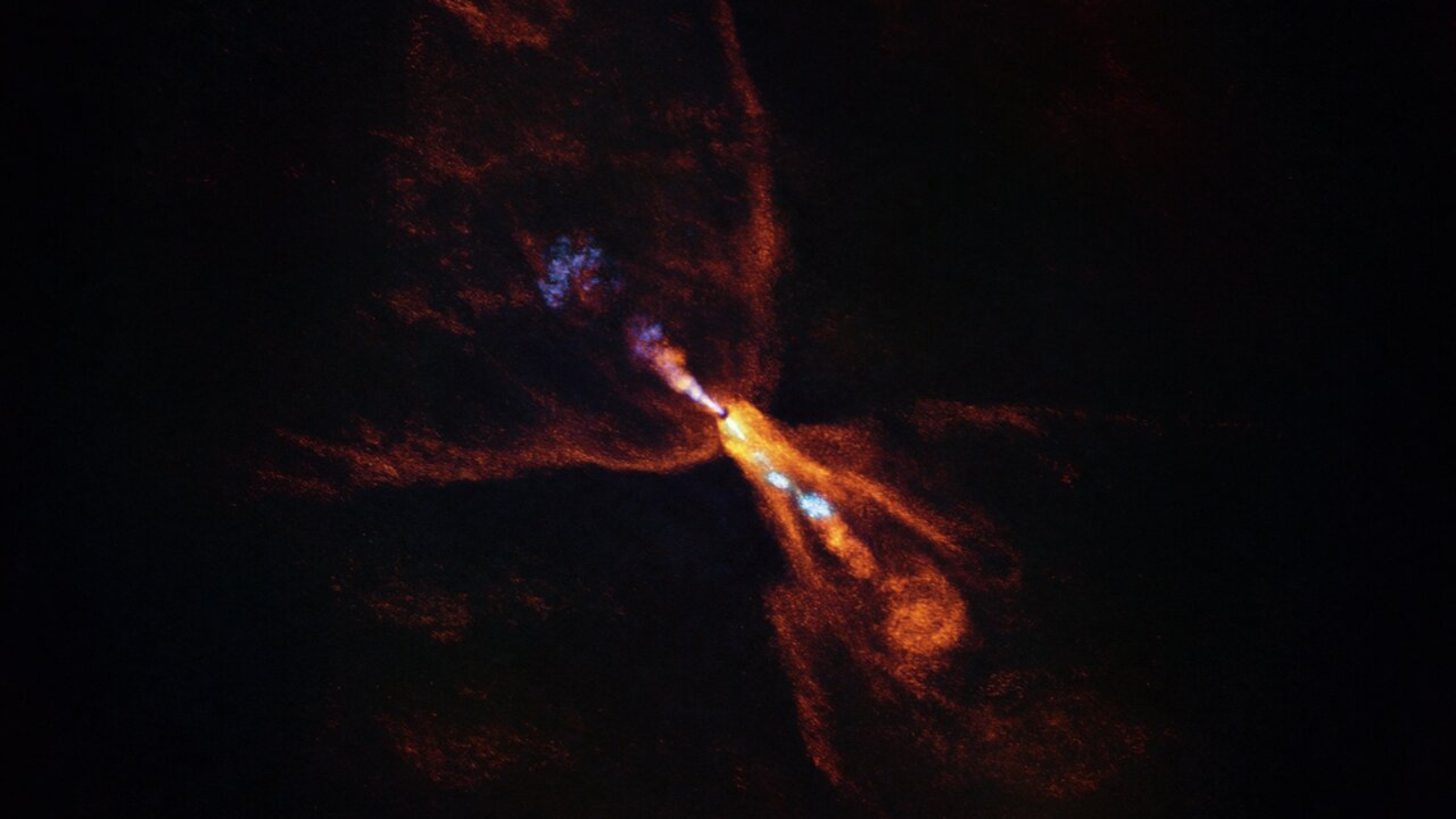Groundbreaking Discovery: Astronomers Witness Planet Formation Begin Around Distant Star
Groundbreaking Discovery: Astronomers Witness Planet Formation Begin Around Distant Star

In a historic first, astronomers have directly observed the earliest stages of planet formation around a star other than our Sun, offering an unprecedented window into how our own solar system began. The groundbreaking findings were published yesterday, July 16, in the prestigious journal Nature.
The team pinpointed the precise moment when the foundational specks of material—which will eventually coalesce into planets—started to form around the young star HOPS-315, located approximately 1,300 light-years away. This observation provides scientists with a vital ‘proxy’ to study the processes that shaped our solar system around 4.6 billion years ago.
The breakthrough was made possible through the combined power of the Atacama Large Millimeter/submillimeter Array (ALMA) and the James Webb Space Telescope (JWST). Researchers detected the condensation of hot minerals, specifically silicon monoxide, within HOPS-315’s protoplanetary disk. This process, crucial for the initial building blocks of planets, has never before been witnessed outside our solar system.
“For the first time, we have identified the earliest moment when planet formation is initiated around a star other than our sun,” stated team leader Melissa McClure of Leiden University. University of Michigan researcher Edwin Bergin added, “This process has never been seen before in a protoplanetary disk — or anywhere outside our solar system.”
The region where these minerals were found around HOPS-315 remarkably mirrors the orbital distance of our solar system’s main asteroid belt from the Sun, further solidifying its relevance as a cosmic analogue. This discovery is akin to “a picture of the baby solar system,” as described by team member Merel van ‘t Hoff, providing invaluable insights into the universal mechanisms of planet birth.
Disclaimer: This content is aggregated from public sources online. Please verify information independently. If you believe your rights have been infringed, contact us for removal.